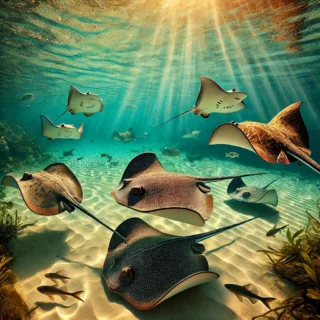Category
Hot Products
-
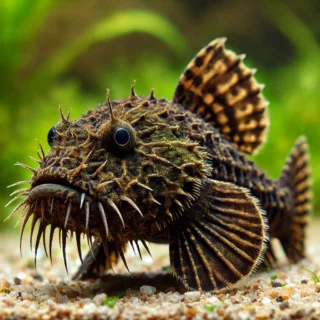 bristlenose pleco For Sale
$199.00
bristlenose pleco For Sale
$199.00
-
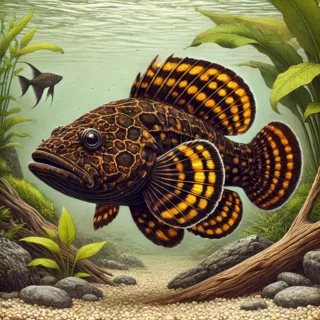 L82 pleco for sale
$100.00
L82 pleco for sale
$100.00
-
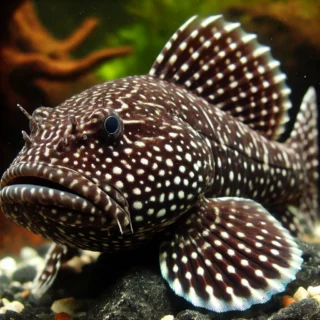 L519 pleco for sale
$100.00
L519 pleco for sale
$100.00
-
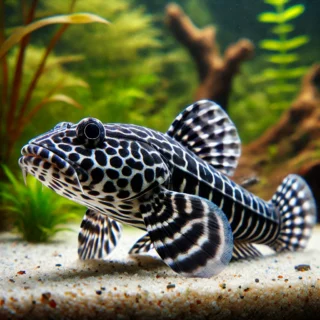 L494 pleco for sale
$100.00
L494 pleco for sale
$100.00
-
 L46 pleco for sale
$100.00
L46 pleco for sale
$100.00

Category: freshwater stingrays
Freshwater Stingrays: A Comprehensive Guide
Freshwater stingrays are fascinating creatures that inhabit rivers and freshwater systems around the world. Known for their unique appearance and behavior, these rays are a subject of intrigue among aquatic enthusiasts and researchers alike. In this comprehensive guide, we delve into the world of freshwater stingrays, exploring their characteristics, habitats, behavior, and conservation status.
Introduction to Freshwater Stingrays
Freshwater stingrays, scientifically classified under the family Potamotrygonidae, are a diverse group of rays adapted to freshwater environments. Unlike their marine counterparts, these rays have adapted to thrive in rivers and freshwater lakes, displaying a range of unique adaptations to their habitats.
Taxonomy and Classification
Freshwater stingrays belong to the order Myliobatiformes and are closely related to marine stingrays and skates. They are classified into several genera, including Potamotrygon, Paratrygon, and Plesiotrygon, each with its own distinct species and characteristics.
Morphology and Physical Characteristics
Typically, freshwater stingrays have a flattened body shape with pectoral fins fused to the head, giving them a disc-like appearance. Their most distinctive feature is their venomous tail spine, which serves as a defense mechanism against predators and potential threats. The coloration and patterns on their dorsal surface vary widely between species, often providing camouflage against riverbeds.
Habitat and Distribution
Freshwater stingrays are found in various freshwater habitats worldwide, predominantly in South America and Southeast Asia. They prefer slow-moving rivers, flooded forests, and freshwater lakes with sandy or muddy bottoms where they can conceal themselves and hunt for prey.
Behavior and Feeding Habits
These rays are primarily bottom-dwellers, using their electroreceptive senses to detect prey buried in the substrate. Their diet typically consists of small fish, crustaceans, and invertebrates, which they capture using a combination of suction feeding and biting. Freshwater stingrays are also known to exhibit seasonal movements and aggregations, often congregating during breeding seasons or favorable environmental conditions.
Reproduction and Life Cycle
Breeding behavior among freshwater stingrays varies between species, often influenced by seasonal changes in water temperature and habitat conditions. Females typically give birth to live young, known as pups, after a gestation period of several months. The number of offspring per litter varies but is generally small compared to other aquatic species.
Conservation Status and Threats
Several species of freshwater stingrays face conservation challenges due to habitat degradation, overfishing, and incidental capture in fishing gear. International conservation efforts aim to protect critical habitats and regulate fishing practices to ensure sustainable populations of these unique creatures.
Interaction with Humans
Freshwater stingrays have historically been of interest to indigenous peoples and local communities for their cultural significance and traditional uses. In recent decades, they have also become popular in the aquarium trade, although responsible sourcing and captive breeding programs are essential to reduce pressure on wild populations.
Conclusion
In conclusion, freshwater stingrays represent a fascinating intersection of aquatic biology, ecology, and conservation. Their unique adaptations, diverse habitats, and behavioral characteristics make them a subject of ongoing scientific research and conservation efforts. By understanding and appreciating these remarkable creatures, we can contribute to their conservation and ensure their survival in the wild for future generations to enjoy.
References
- Smith, P. W. “Freshwater Stingrays: Biology and Conservation.” Oxford University Press, 2019.
- Carvalho, M. R., et al. “Ecology and Evolution of Freshwater Stingrays.” Springer, 2020.
- International Union for Conservation of Nature (IUCN) Red List: Link to IUCN Red List for Freshwater Stingrays
- National Geographic Society: Freshwater Stingrays Fact Sheet
This article provides a comprehensive overview of freshwater stingrays, highlighting their biology, ecology, conservation status, and significance in both natural ecosystems and human culture.
Showing the single result
-
freshwater stingrays for sale
$180.00Original price was: $180.00.$120.00Current price is: $120.00.Add to cart“Sed ut perspiciatis unde omnis iste natus error sit voluptatem accusantium doloremque laudantium, totam rem aperiam, eaque ipsa quae ab illo inventore veritatis et quasi architecto beatae vitae dicta sunt explicabo. Nemo enim ipsam voluptatem quia voluptas sit aspernatur aut odit aut fugit, sed quia consequuntur magni dolores eos qui ratione voluptatem sequi nesciunt. Neque porro quisquam est, qui dolorem ipsum quia dolor sit amet, consectetur, adipisci velit,
Best offers
Join Risk Free
30 days refund
100% Safe
Secure Shopping
24x7 Support
Online 24 hours
Best Offers
Grab Now
Free Shiping
On all order over
Testimonials

Sabina
Vivamus arcu felis bibendum ut tristique et egestas. Eu sem integer vitae justo eget magna fermentum

Ricky
Vivamus arcu felis bibendum ut tristique et egestas. Eu sem integer vitae justo eget magna fermentum


